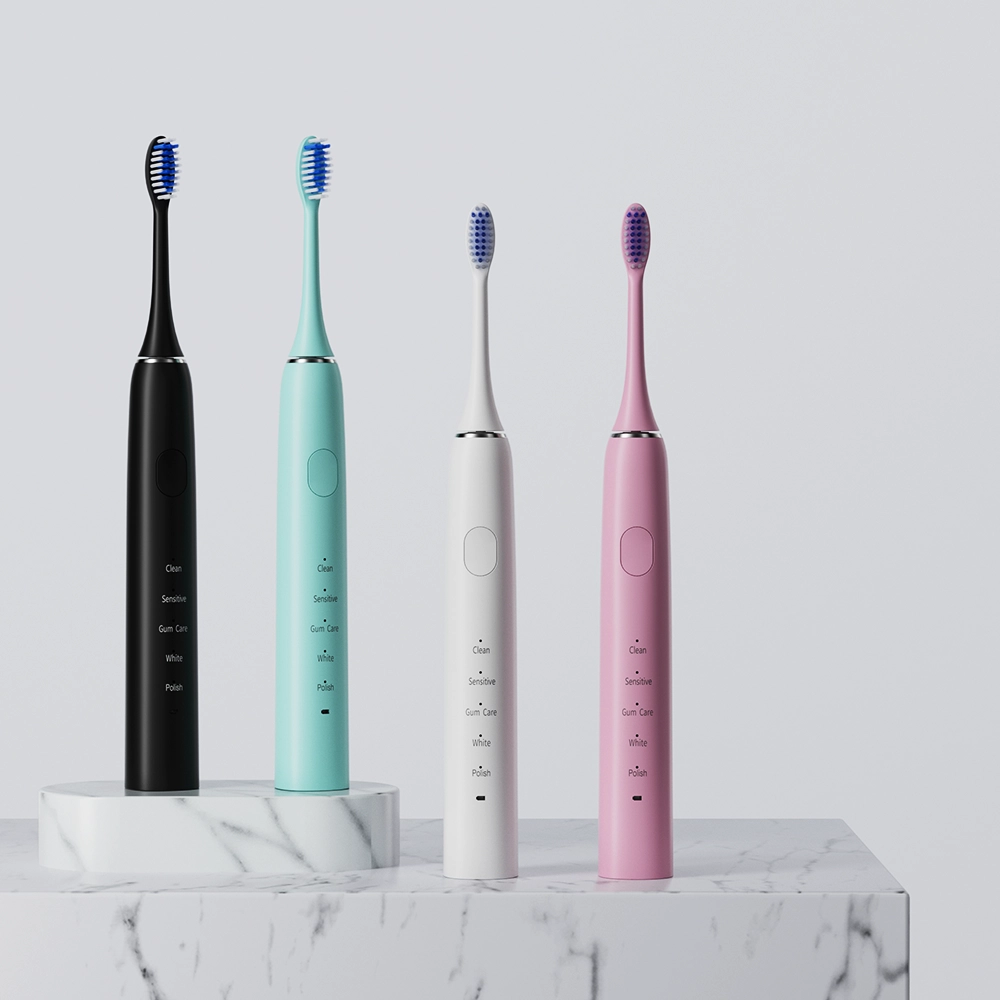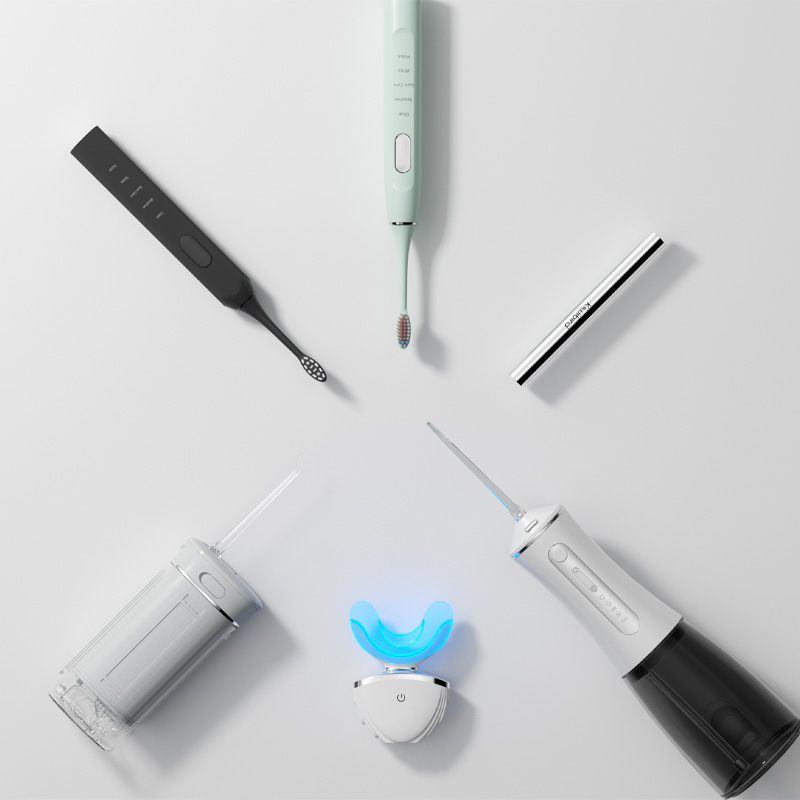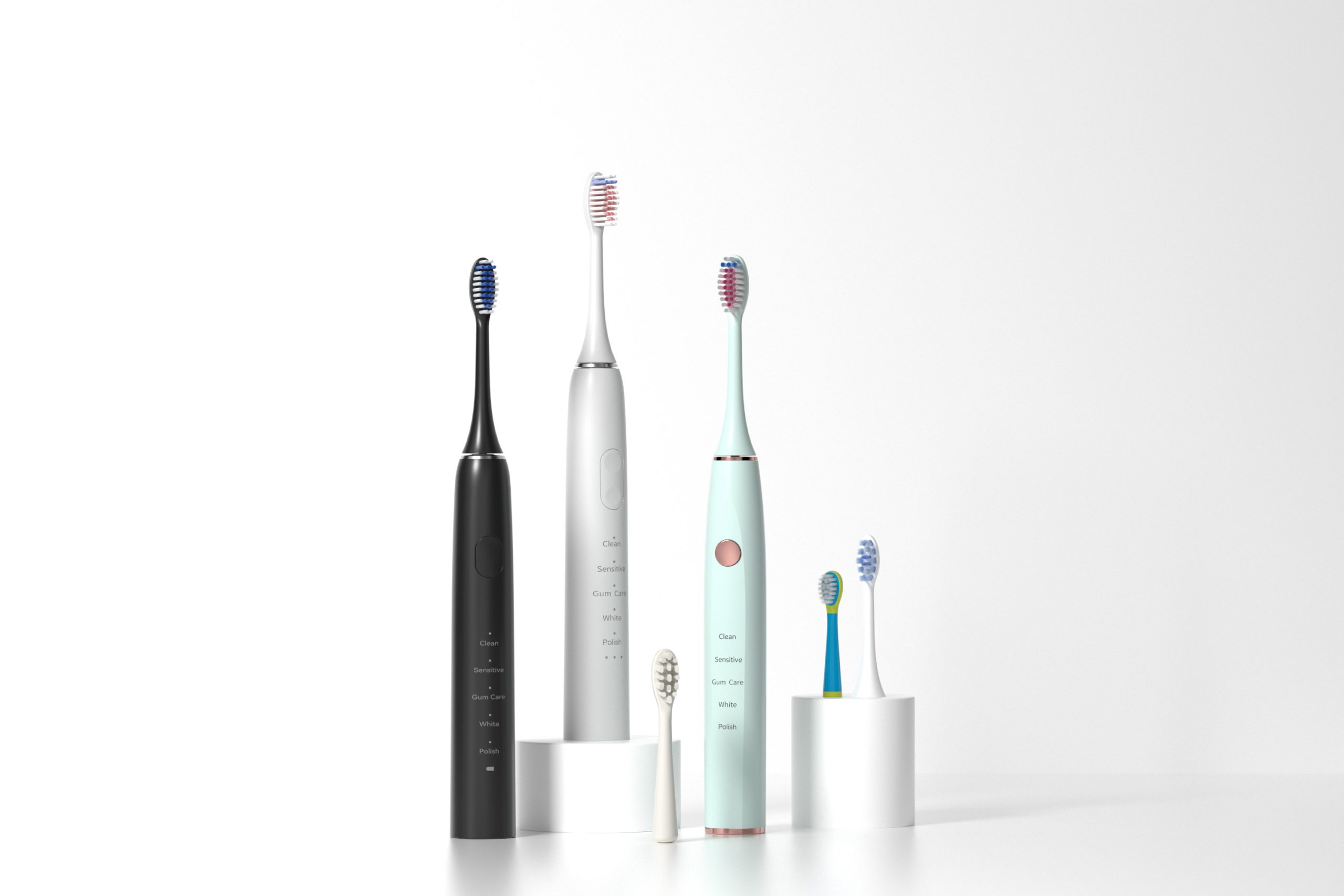When electric toothbrushes exhibit brush shedding—that is, filaments falling out prematurely—and simultaneous sensor failure, the problem may be deeper than just poor-quality materials. These two faults are often interconnected, and for B2B buyers sourcing private-label or OEM dental devices, the hidden risks behind such issues deserve close attention. This article explores six essential dimensions of this dual failure mode, and how manufacturers can proactively prevent it through better design, testing, and material selection.
Brush shedding refers to the premature detachment of bristles from the brush head. In commercial-grade devices, shedding is more than a cosmetic or hygienic problem—it signals quality inconsistency, compromised bonding, or mechanical instability. Excessive shedding not only shortens product lifespan but can lead to consumer distrust, especially if loose filaments are swallowed or cause gum irritation.
Furthermore, shedding can interfere with optical or pressure sensors inside the brush that rely on stable bristle density to gauge brushing force or angle.
The correlation between brush shedding and sensor failure lies in physical and signal disruption:
In short, shedding doesn’t just compromise cleaning—it disables core “smart” features.
If these issues co-occur in batches, the root cause is likely systemic. Potential triggers include:
Recognizing these combined failure points is essential for suppliers offering smart brush systems.
Early detection of brush shedding and sensor failure before shipment helps reduce return rates and brand risk. Recommended QA methods include:
These tests ensure devices can handle typical wear without cascading failures.
To address this issue proactively, B2B manufacturers should implement the following enhancements:
Such upgrades lead to lower failure rates and longer product cycles—key to winning contracts with dental chains and wellness retailers.
For OEM buyers and brand owners, having an audit framework is crucial. Key checkpoints include:
Strong vendor partnerships begin with shared accountability for quality.
Conclusion
The combination of brush shedding and sensor failure is more than a coincidence—it reflects deeper design and production challenges in smart oral-care devices. For B2B stakeholders, addressing these risks proactively through testing, engineering, and supplier collaboration is the path to product reliability and market differentiation. Contact us today to learn how we can help you prevent these hidden failure modes in your electric toothbrush product line.



Seeking Electric Toothbrush Innovation Partners Who Are Electric Toothbrush Sustainable Supplier?

How Can oral care Brand Owners Enhance brand influenceThrough Product Expansion Strategies?

Exploring electric toothbrush supplier evaluation?
Electric Toothbrush with Pressure Sensor – OEM Design & Wholesale Supply
.jpg)
Gentle Oral Care Products for Sensitive Gums: A Guide for Brands Seeking the Right Manufacturer

Can a Folding Toothbrush Design Make This Travel Electric Toothbrush Fit in a Wallet?
.jpg)
Gum Care Electric Toothbrush Manufacturing – Clinically Proven Oral Care
Does a Water Flosser Require Regular Maintenance? How Should It Be Cleaned?
Hollow Motors Cause Compatibility Issues? Industry Secrets Exposed!

Does the 40000 Strokes/Min Sonic Brush Trigger Gum Recession?

Beyond Aesthetics: How Integrated Design Elevates Your OEM Electric Toothbrush
.jpg)
sonic electric toothbrush Montgomery

Boost Your OEM Sales: Top Complementary Electric Toothbrush Products for Every User Need
Post-Surgery Risks Worsened by Jaw Discomfort?

Can Travel Electric Toothbrush’s Waterproof Failure Cause Circuit Corrosion?
Light Burns Cause Bite Misalignment? Whitener Safety Controversy!

electric toothbrush heads Charcoal Infuse-Round

Customization Teeth Whitening Gel

electric toothbrush heads Deep Clean

electric toothbrush heads Regular Clean

electric toothbrush heads Ultra Soft

Electric toothbrush heads Charcoal Infused-Diamond
.jpg)
Florida Electric Toothbrush – Powsmart PTR-C8

Private Label Whitening Gel
whstapp
whstapp
National Toll-Free Service Hotline
+86 755 86238638